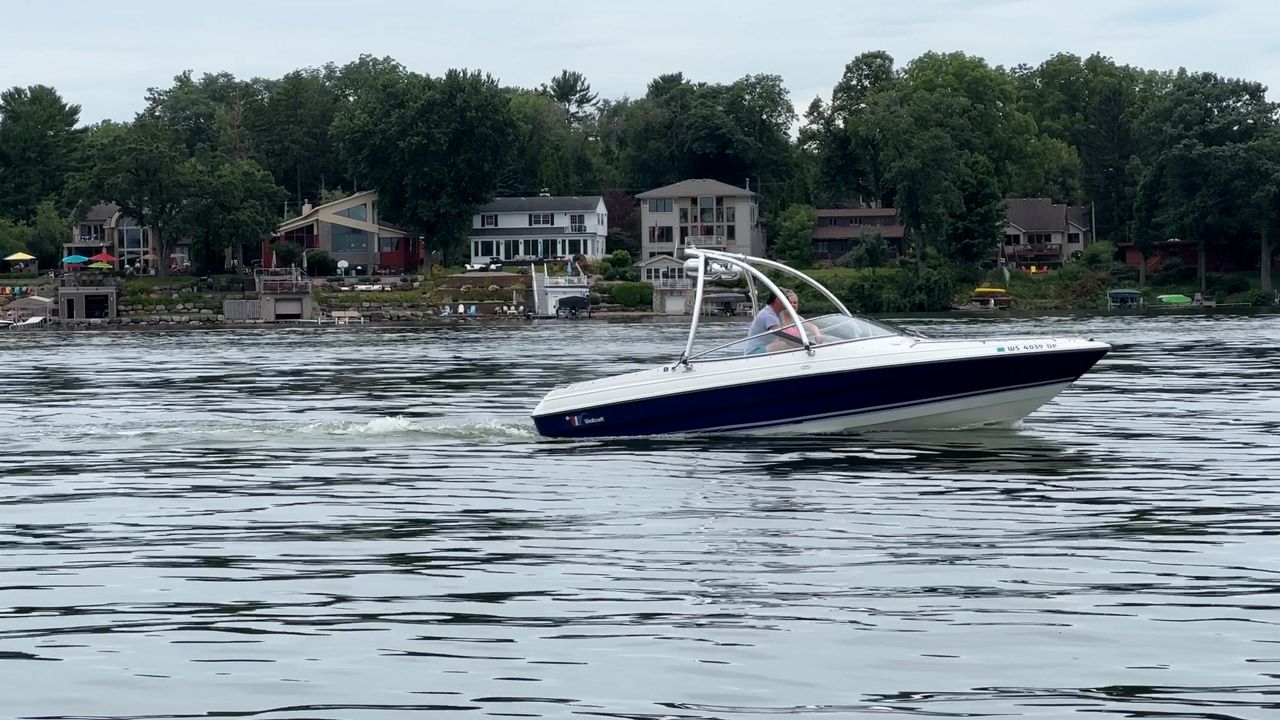Severe weather in the Midwest is as common as the provel cheese on pizza in St. Louis. It comes with the territory, literally.
Severe weather can include dangerous thunderstorms where wind gusts exceed 58 mph, hail larger than or equal to 1 inch in diameter and tornadoes.
Having a plan for this kind of weather is vital to all residents living in this part of the country and knowing the difference between when a watch is issued for your area or a warning.
A tornado can be described as a violently rotating column of air that extends from the cloud base of a thunderstorm to the ground. Wind speeds in tornadoes can reach up to 300 mph and they can travel hundreds of miles.
Tornadoes are rated on the Enhanced Fujita Scale. A damage-based scale estimates the wind speeds of a tornado based on the damage it creates. The scale goes from EF0 (weakest tornado) up to EF5 (strongest tornado).
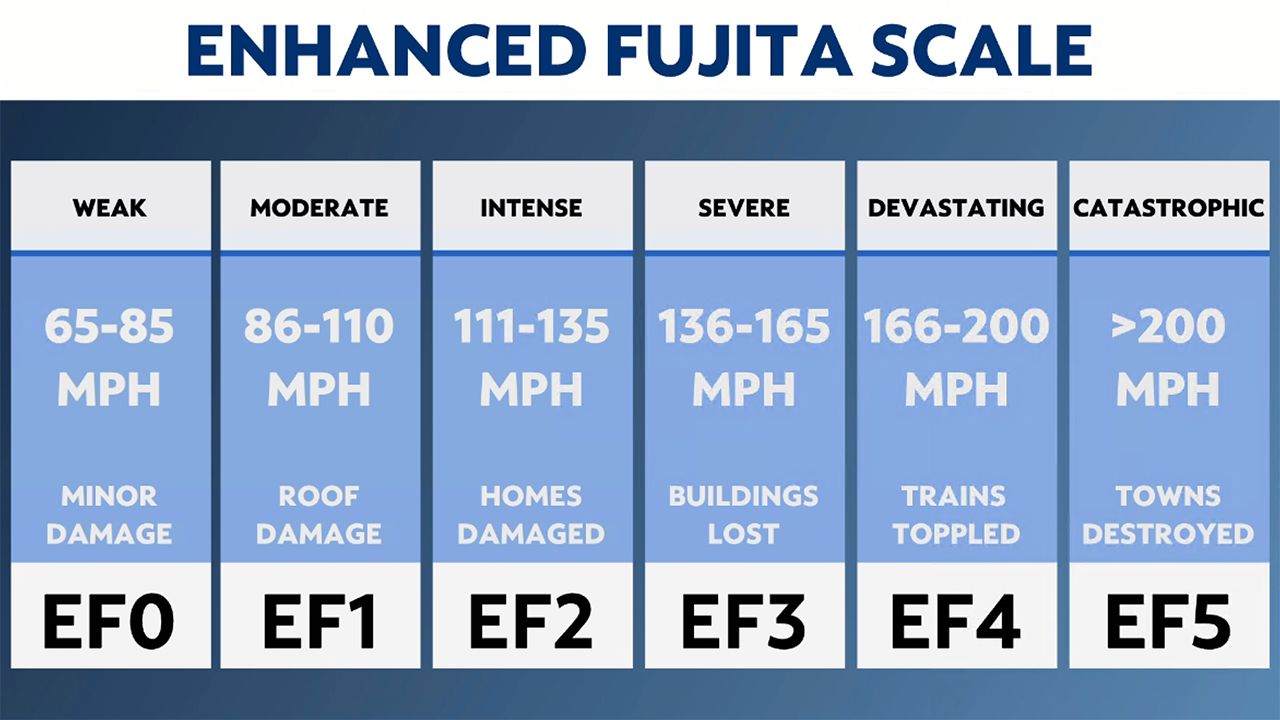
Missouri is no stranger to tornadoes. The “Show-Me” state has recorded more than 2500 tornadoes since 1950, says Jared Maples, a Meteorologist with the National Weather Service in St. Louis.
Adding, “The St. Louis area sees on the order of 12 to 14 tornadoes per year.”
However, he emphasizes that this is just the average since 1950. Some years have observed six times the average.
“Two years that stood out in the data were 2006, the most active with 75 tornadoes, and 2011 with 47 tornadoes.”
Multiple tornadoes can touchdown in one day. Take last year, for example, on April 15, 2023, Supercell thunderstorms crossed the St. Louis region, spawning 12 confirmed tornadoes. Ratings of these twisters ranged from EF0 to EF1.
Missouri State Climatologist Zack Leasor says that a tornado can occur every month of the year, but there is an increase in activity during certain months. “April and May account for around 40% of total tornadoes in the state.”
While tornadoes occur, the most common types are weaker ones. “The most frequent tornado rating intensities we see in Missouri are EFO/EF1 (almost tied) followed by EF2 and EF3,” says Leasor.
He adds, “While very rare, we have also seen EF4 and EF5 tornadoes recorded in Missouri.”
One of those EF5 tornadoes hit the city of Joplin, Mo. on May 22, 2011, making history. “It is still the state’s deadliest tornado.”
Maples says the second deadliest tornado occurred in metro St. Louis on May 27, 1896. “It claimed 255 lives and was the costliest in St. Louis history and the third costliest in U.S. history.”
April and May account for 40% of tornadoes, but 60% occur during the other ten months of the year, even December.
On Dec. 10, 2021, an EF3 tornado touched down in the rural town of Defiance, Mo. around 7:30 p.m. It destroyed several homes, injured two people and killed one person.
About an hour later, another EF3 tornado touched down near the city of Edwardsville, Ill., on top of an Amazon warehouse facility. The roof of the warehouse collapsed, killing six workers and trapping many others.
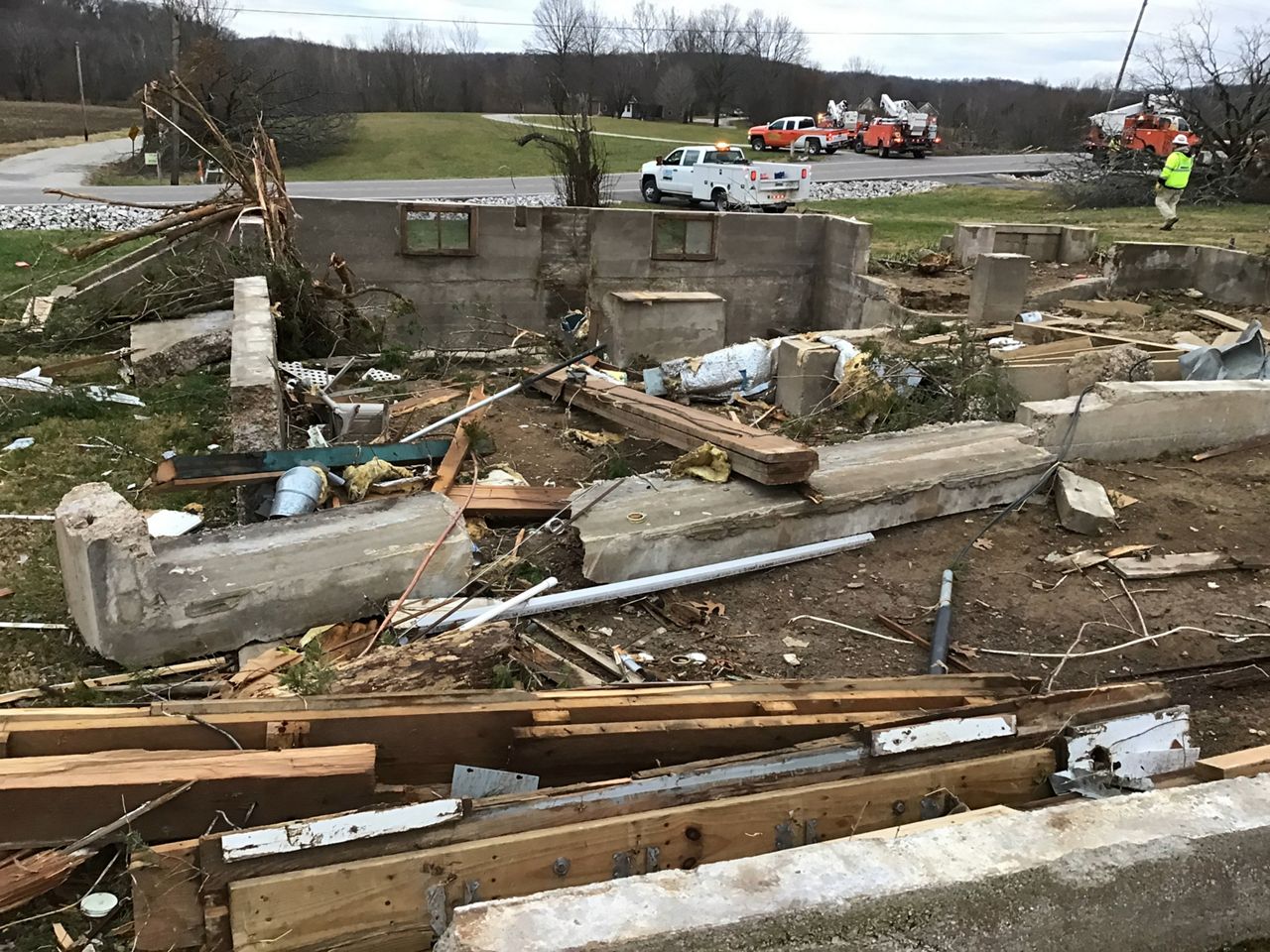
Living in this area of the United States, tornadoes are part of the weather. Ways to stay safe during severe weather events is to have a plan. Know what you are going to do if you are at home, outside your home or even driving.
When the National Weather Service issues a Tornado Warning, the county or municipality’s Department of Emergency Management will trigger the sirens in their area.
Some counties, such as St. Charles County, have county-wide sirens. That means if a warning comes out for one part of the county, the sirens will be triggered in the entire county.
The County defends this practice, saying “Selecting and grouping the correct sirens for the specific area under warning would be slower and less efficient than activating the entire system that alerts our entire county.” St. Charles County has 136 sirens around the county.
St. Louis County has 204 sirens dispersed throughout the county to ensure sufficient alerting coverage.
Tornado sirens are only meant to be heard outdoors. They are to warn people to seek shelter inside. The best way to stay safe in severe weather is to have more than one way to receive weather information.
If the sirens are going off and a Tornado Warning is issued for your area, here are some tips to follow:
- Seek shelter on the lower level of a sturdy building or home
- Put as many walls between you and the outside world as possible
- Protect your head with a helmet or other materials around you.
- If in a mobile home, leave and seek a safer shelter
Our team of meteorologists dives deep into the science of weather and breaks down timely weather data and information. To view more weather and climate stories, check out our weather blogs section.





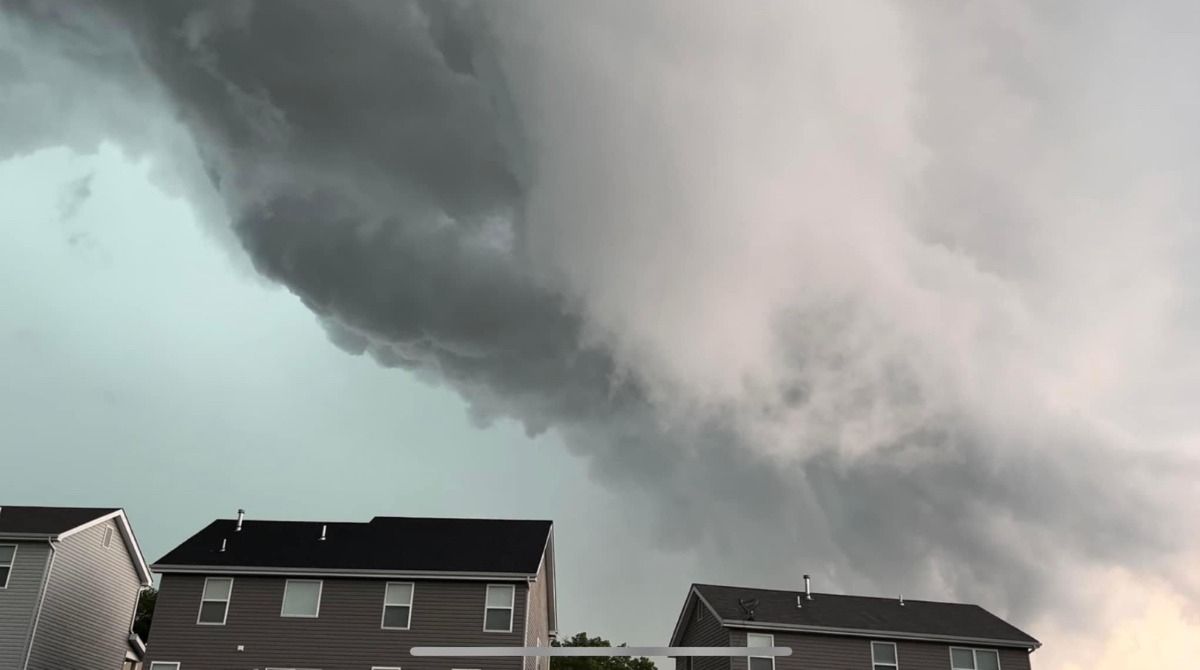
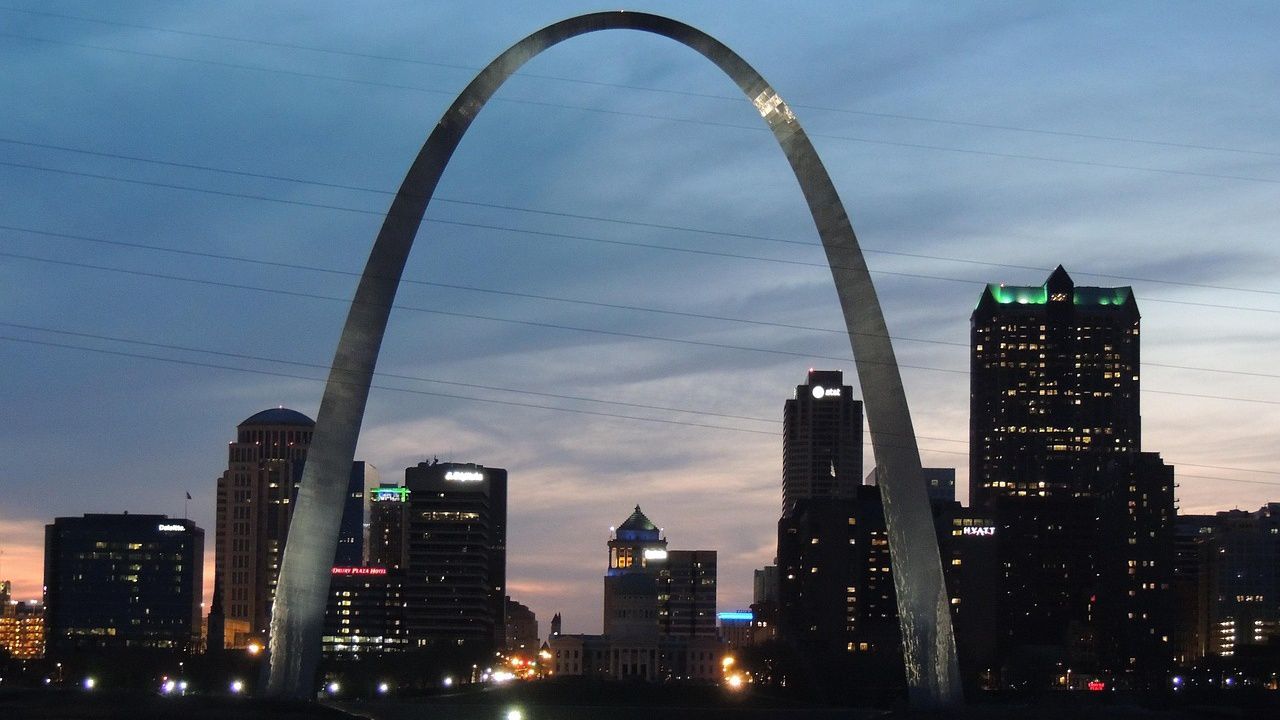
)

